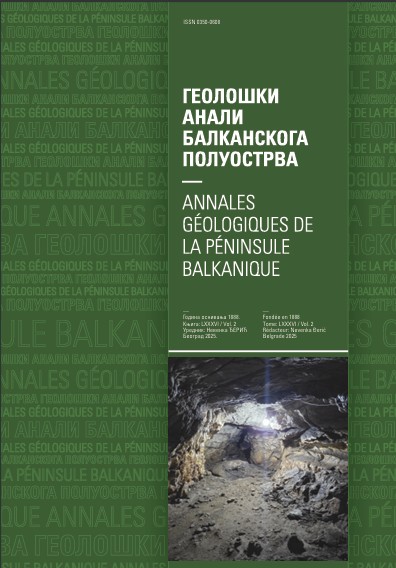The Upper Miocene of the Rostov Dome (Eastern Paratethys): Implication of the chronostratigraphy and bivalvia-based biostratigraphy
Abstract
The Rostov Dome is located in the south of the Russian Platform. In the Late Miocene this area was embraced by the Eastern Paratethys. The implications of a recently developed Neogene chronostratigraphy to the studied area are discussed. The Sarmatian regional stage corresponds to the upper part of the Langhian, the entire Serravalian and the lower part of the Tortonian global stages; the Maeotian regional stage corresponds to the upper part of the Tortonian and the lowermost horizons of the Messinian global stages; the Pontian regional stage corresponds to most of the Messinian and the lowermost Zanclean global stages. A first Bivalvia-based bio-stratigraphic framework is proposed for the territory of the Rostov Dome. Five biozones were established within the Serravalian-Messinian: Tapes vitalianus, Cerastoderma fittoni-Cerastoderma subfittoni, Congeria panticapaea, Congeria amygdaloides navicula and Monodacna pseudocatillus-Prosodacna schirvanica.
Copyright (c) 2005 Geološki anali Balkanskoga poluostrva

This work is licensed under a Creative Commons Attribution 4.0 International License.










